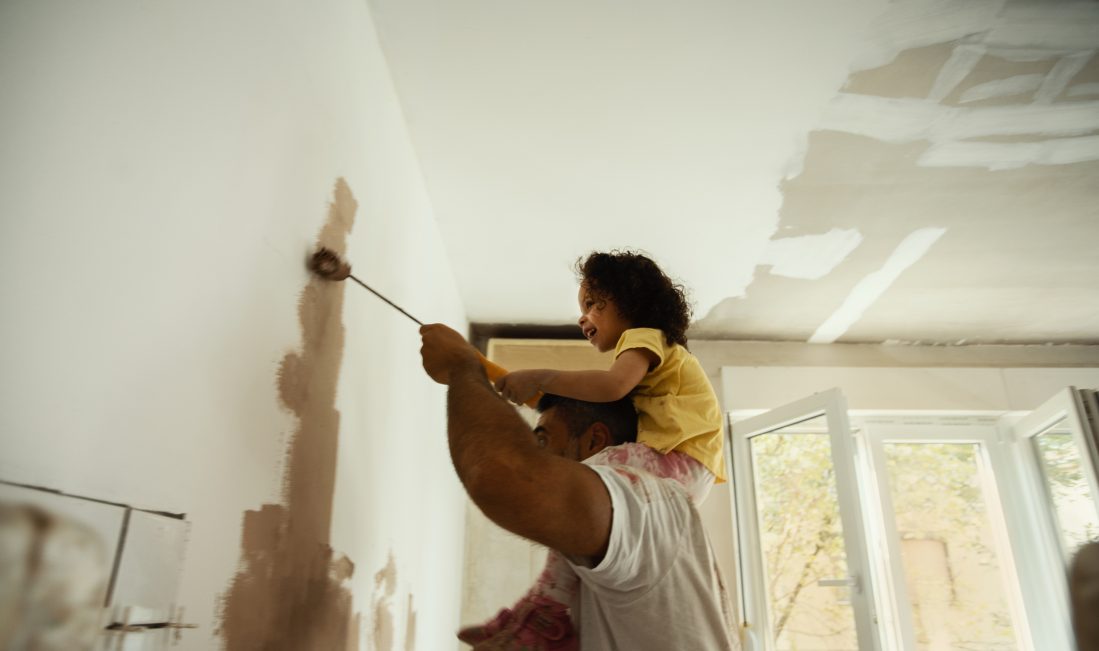User guide
Finding your way around the guide
To navigate between pages, click or tap the arrows to go forwards to the next page or backwards to the previous one. The arrows can be found either side of the page and at the bottom, too (circled in green, below).


Menu/table of contents
Click or tap on the three horizontal lines in the top-right of your screen to open the main menu/table of contents. This icon is always visible whether you're using a computer, tablet or smartphone. The menu will open on top of the page you’re on. Click on any section title to visit that section. Click the cross at any time to close the table of contents.
Text size
On a computer, you'll see three different sized letter 'A's in the top-right of your screen. On a smartphone or tablet these are visible when you open the menu (see above). If you’re having trouble reading the guide, click or tap on each of the different 'A's to change the size of the text to suit you.
Pictures
On some images you'll see a blue double-ended arrow icon. Clicking or tapping on this will expand the picture so you can see more detail. Click or tap on the blue cross to close the expanded image.
Where we think a group of images will be most useful to you, we've grouped them together in an image gallery. Simply use the blue left and right arrows to scroll through the carousel of pictures.
Links
If you see a word or phrase that's bold and dark blue, you can click or tap on it to find out more. The relevant website will open in a new tab.
Jargon
If you see a word or phrase underlined, click or tap on the word and small window will pop up with a short explanation. Close this pop-up by clicking or tapping the cross in the corner.
Help
On a computer, you'll see a question mark icon in the top-right of your screen. On a smartphone or tablet this is visible when you open the menu (see above).
Clicking or tapping on the question mark will open this user guide. It opens on top of the page you're on and you can close it any time by clicking or tapping the cross in the top-right corner.

Decorating 101
Adding a new coat of paint can bring new life to any room in your home.
Painting a wall or two can transform the feel of a living room or bedroom, and is the cheapest and most popular DIY home improvement. Whether you opt for trendy ‘colour drenching’ or simply wish to create a neutral background for pictures and plants, we run through the tools and know-how you need to make it happen.
What to purchase when you're painting
Buy good-quality paint
Some own-brand paints require three to five coats to get the job done – a dreary task for even the keenest DIY-er. Our Trusted Traders recommend going for a good-quality trade brand, such as Dulux, Crown or Johnstone’s. These are pricier than own-brand paints, but they often work out cheaper and save on labour, as you only have to do a couple of coats, so you need less. The brands are often on promotion in stores like B&Q, Homebase and Wickes. Look out for three for two or buy one get one half price offers.
Kitchen and bathroom walls often get damp or need stains cleaned off them. If you want to repaint these walls, use a paint that will tolerate lots of wiping down. We put popular brands to the test to find out which make the best washable paint.
Buy the extras
Aside from the paint itself, here’s what you should arm yourself with:
- 2" and 3" paintbrushes
- 9" roller and sleeve
- Paint scuttle
- Painter's pole
- Dust sheet
- Multi-purpose filler
- Brush cleaner or white spirit
- Sandpaper
Expect to pay at least £50 for these extras. Last time we compared DIY stores on prices (2021), Homebase and B&Q were cheapest, while Screwfix was priciest. Amazon also sells decorating essentials.
Find out which stores customers rated the best home and DIY shops.
Doing a great job of painting
Pre-painting prep: step by step
Prep work can be time-consuming, and it may seem less rewarding than painting, but it's the key to getting a great result.
- First, remove as much furniture from the room as you can.
- Protect any remaining furniture and the floor from paint drips by covering them with dust sheets or plastic.
- Remove any wallpaper from the walls, then scrub the walls with clean water and a cloth to get rid of residual wallpaper paste.
- Remove any nails or screws, then fill holes or cracks and gaps in the plaster with multi-purpose filler (and allow time to dry).
- Sand back any uneven parts of the walls and any bits of dried filler.
- Lightly sand all woodwork.
- Wipe over the walls and woodwork with a damp sponge to remove any dust.
Instead of buying an expensive separate primer, dilute good-quality emulsion with 50% water and paint on a layer. Follow this with two coats of emulsion.
Paint the walls
Start by painting the colour around the edges of the wall, like a picture frame, then use a roller to fill in. Once the first coat of paint is dry, apply a second coat in the same way.
Use your roller in a V- or W-shape, moving upwards and then downwards. This will give an even, stripe-free finish. Read more about how to paint walls and ceilings.
Paint the woodwork
Paint the prepared woodwork, including window frames, doors, picture rails and skirting boards, with one coat of undercoat, then one top coat. Read more tips to prepare and paint interior woodwork.
Trusted Traders
Read top decorating tips from our Trusted Traders if you’d like to do the work yourself. If you’d prefer a professional touch, find painters and decorators near you using Which? Trusted Traders.


